Is there any such thing as abstract art? Narratives and coherent harmonies seem to me always to emerge from the shapes and colours. Picasso’s cubist planes, as critics have noticed, usually disclose wine bottles, mandolins and bread baskets upon a table — icons of his Catholic childhood. The red and black slabs of Mark Rothko are our planet as mapped from outer space. Jackson Pollock created mad spiders’ webs. Klee is full of farmyard animals. Piet Mondrian’s grids are Holland’s dikes and polders.
Our own best abstract artist was Terry Frost. Here again the semicircles and thin looping lines are as representational, as ascertainable in the real world, as any horse by Stubbs or cloud by Constable. What looks like a geometric pattern has a local habitation and a name: St Ives, Cornwall. Frost’s allegedly abstract pictures are arrangements of small fishing boats moored and rocking in the harbour, with the giant sun and moon and stars rising in the background.
If you want to see the curves as something more suggestive — as ‘breasts and bottoms’ say — or his chevrons as ‘a graphic symbol of female cleavages, the vagina or even the act of penetration’ (as Roger Bristow surmises), Frost probably wouldn’t have complained. ‘If you lose interest in flirting,’ he once said, ‘you lose interest in life.’ Somebody who’d have kept anyone’s blood pressure on the boil was his neighbour in Cornwall (and my great chum — she’s a Welsh Mistress Quickly), Molly Parkin. Molly looked at a Frost canvas and claimed to see not ships and ropes but the stylised female form. ‘Is that me, flashing my tits or dropping my drawers?’ she asked the artist. ‘You did both, darling,’ Frost replied.
Boats, bottoms, what have you: when Frost first put his designs on the wall, Ben Nicholson said to him, ‘You’ve got on to something that can last you the rest of your life.’ Prescient words — and Frost lasted a long time, dying in a Penzance hospice in September 2003 at the age of 88, knighted and beloved and with an estate valued at £4 million.
He took a long time to get going, however. He was born in Leamington in 1915, the son of a cobbler. He left school at 14 with no qualifications, and got a job in a bakery decorating cakes. He also worked in a factory that made fluorescent light fittings. He joined the Warwickshire yeomanry before the call-up, and painted identification roundels on the wings of planes manufactured in Coventry. War declared, Frost served in a cavalry unit in the Middle East, then trained as a commando, seeing action in Crete. He was captured and sent by cattle truck to a German prison camp, Stalag 383, at Hohenfels, Bavaria.
An inmate for three years, he spent his time painting portraits and landscapes, attending to the colours of birds and trees. Upon his release, he grew a beard, wore sandals and a beret, and hiked to Cornwall: ‘I had promised myself that I would paint. I’d seen a lot of my mates killed. I’d seen all sorts of things. I thought that if I could survive as a prisoner of war, I could survive as an artist.’ (How similar to the determination and ambition of Ronald Searle, another PoW English artist of genius who lived to a great age. )
In St Ives, Frost lived in a caravan with his wife, Kath, with whom he’d have six children. He was to gain an Augustus John sort of reputation, being interested in ‘snooker, booze, cigarettes and, of course, girls’. But Bristow has discovered that behind the ‘generous and warm-hearted geniality’ Frost in fact lived a life of worry and disappointment. For much of his career, indeed until the surprise knighthood in January 1996 (the only thing we can commend Tony Blair for), Frost had serious financial difficulties and problems with galleries and dealers. As late as 1985, though his original work was modestly priced at between £250 and £3,000, nothing sold and Waddington’s dropped him. ‘I felt so lost and alone and totally unhappy,’ he admitted, unsurprisingly.
Nevertheless, Frost remained loyal to his vocation, relishing the companionship of celebrated local artists, Peter Lanyon, Sven Berlin, Roger Hilton and Patrick Heron. He darted back and forth to London, where he gained a diploma from Camberwell in 1950. He laboured as Barbara Hepworth’s assistant, chipping away at blocks of Connemara marble, which ‘taught me about form in a way I had never understood before’. In 1954 he won a Gregory Fellowship in Leeds, where his trademark ‘whorls and discs, slices and segments, arcs and tangents’ were joined in his work by polygons and hexagons, which represented Leeds’ roofs and alleys, the flapping bed sheets on inner-city washing lines, and the inspiration to be derived from crisscrossing limestone walls, ‘bare branches and trees silhouetted against the snowy moorland’.
Frost disdained the academic teaching of art, believing that it was deadening and turned students ‘away from life and reality, away from the spiritual’ (and loathed Sir Alfred Munnings, President of the Royal Academy, who’d said in 1949 that ‘If I saw Picasso walking along Piccadilly, I would kick him up the arse’). Nevertheless he was a great and inspirational teacher, glad of the regular salary as Artist in Residence, and later Professor of Painting, at Reading University, where he was appointed in 1963. ‘Each art student is a unique individual and this must be addressed,’ was his credo. Frost and his huge family lived during these years in Banbury, which is near to Leamington, and the plethora of street signs, lorry facades and heraldic flags he kept noticing in the Midlands pepper his pictures.
He returned to Newlyn in 1981, to a house overlooking the bay. ‘I see the moments of change,’ he said. ‘I feel the wind, everything makes the colour. It isn’t just the colour, it’s the whole atmosphere.’ He was perhaps the most responsive artist to his surroundings since Turner — in tune with the gales, the rocks, the blue and the calm and the sun; ‘the clouds racing, the seagulls pivoting, the wet stones.’ His knighthood gave people permission to pay attention. After 55 years of struggle, he was at last in demand for one-man shows and retrospectives all over the world — including the Royal Academy in 2000 and Tate St Ives in 2003.
The virtue of this incisive first biography is that it makes one examine Frost’s exuberant work with fresh eyes — a task made easier for me by the fact I have rooms practically papered with his stuff, acquired insultingly cheaply when he was out of fashion.
Got something to add? Join the discussion and comment below.
Get 10 issues for just $10
Subscribe to The Spectator Australia today for the next 10 magazine issues, plus full online access, for just $10.
Available from the Spectator Bookshop, £27.00. Tel: 08430 600033
You might disagree with half of it, but you’ll enjoy reading all of it. Try your first month for free, then just $2 a week for the remainder of your first year.

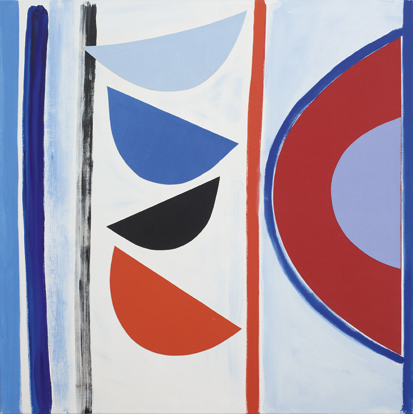
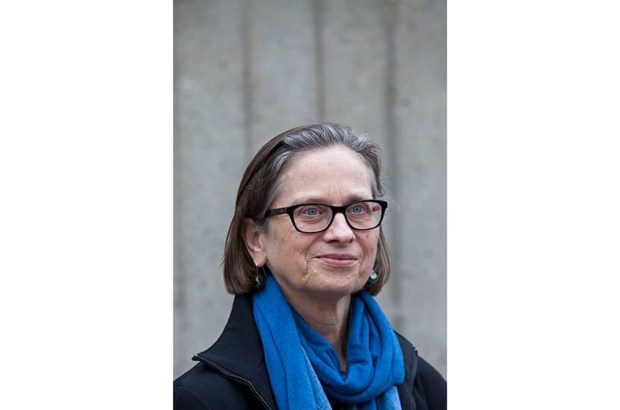

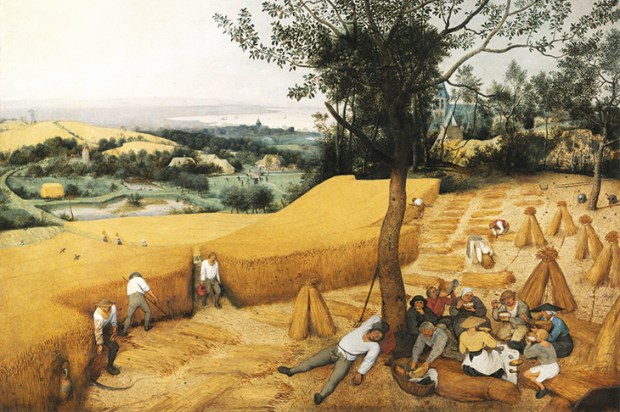
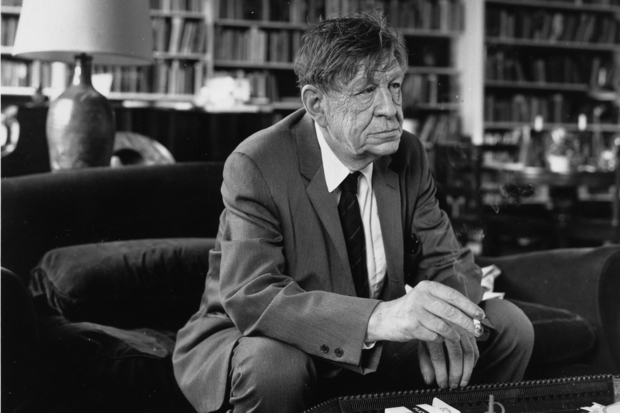
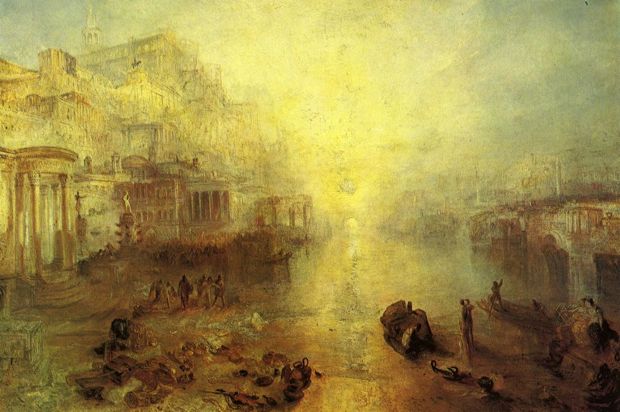
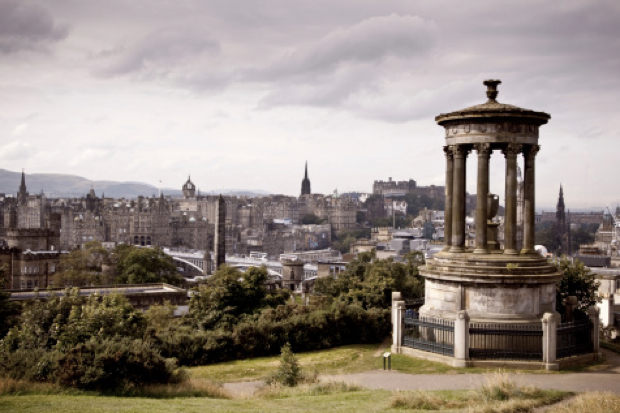






Comments
Don't miss out
Join the conversation with other Spectator Australia readers. Subscribe to leave a comment.
SUBSCRIBEAlready a subscriber? Log in